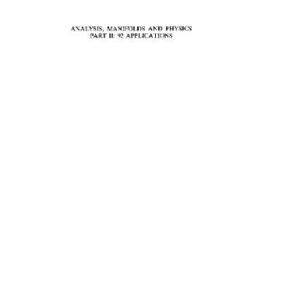Philip W. Anderson is a theoretical physicist who has been described as the most imaginative of condensed matter physicists working today, or, alternatively, as the “godfather’ of the subject. His contributions as often set the agenda for others to work on as they constitute specific discoveries. Examples of the former are the Anderson model for magnetic impurities (cited for the Nobel Prize), the problem of spin glass and the recognition of the fluctuating valence problem; of the latter superexchange, localization (a second factor in the Nobel Prize), codiscovery of the Josephson effect, prediction and microscopic explanation of superfluidity in He-3, the first suggestion of the “Higgs” mechanism, the solution of the Kondo problem, the mechanism of pulsar glitches, flux creep and flow in superconducting magnets, the microscopic mechanism of high Tec superconductivity, and more. Only a selection of the topics on which he has worked could be included in the present volume, which consists primarily of reprints of articles selected for their importance, their review character, or their unavailability. Professor Anderson has provided brief comments on how each came to be written, as well as an introductory essay giving his general attitude to the practice of science.

![[PDF] A Career in Theoretical Physics P. W. Anderson](https://pdfelite.com/wp-content/uploads/2024/04/cb0493a0fd35c8108222a2bb09426d2f-d.jpg)




Reviews
There are no reviews yet.